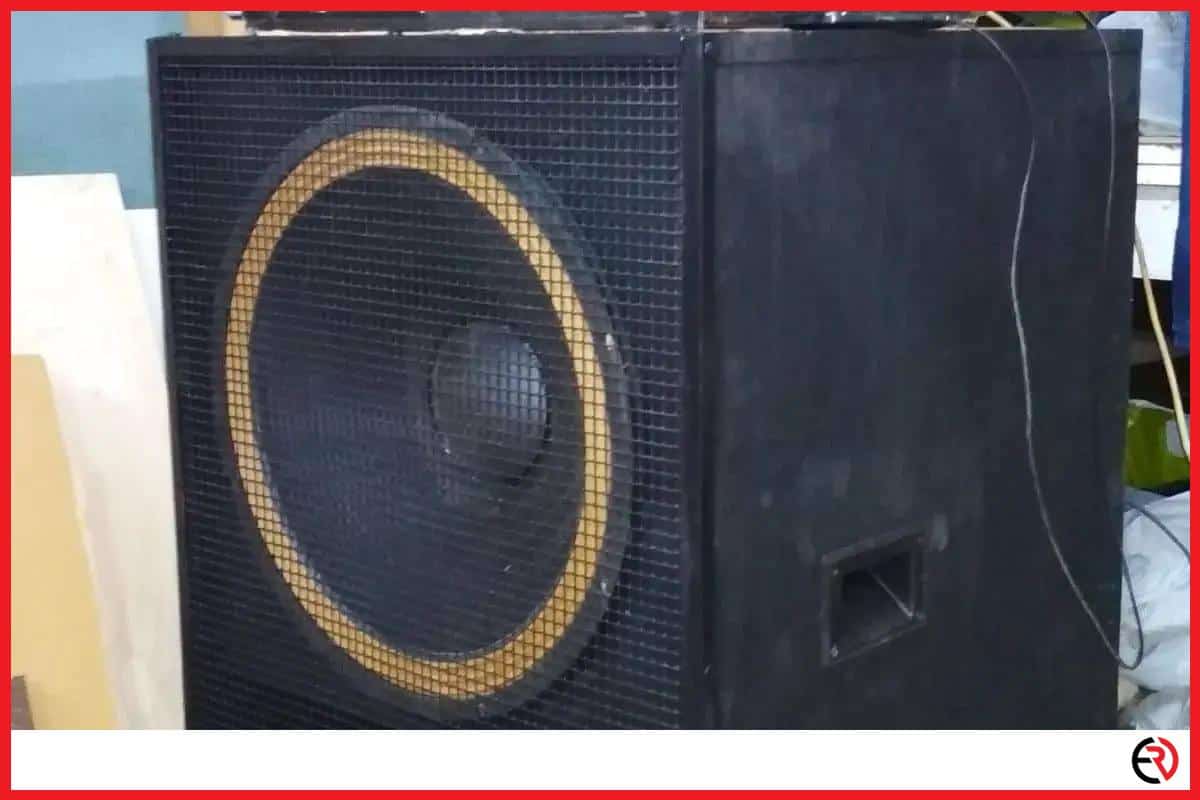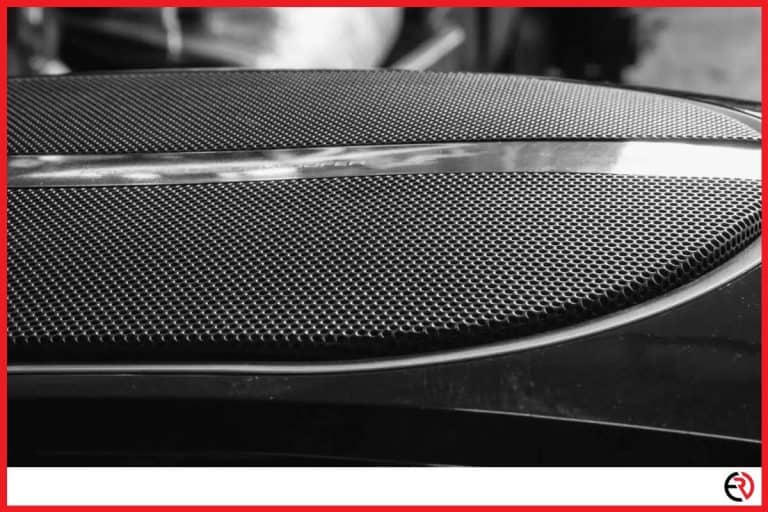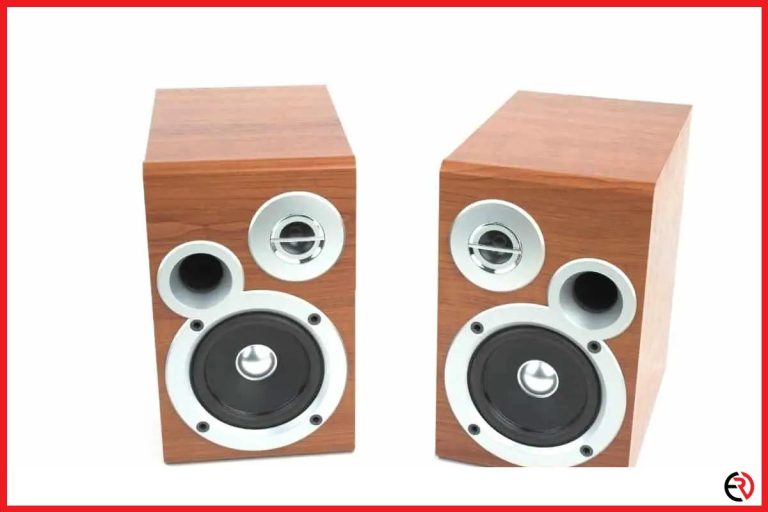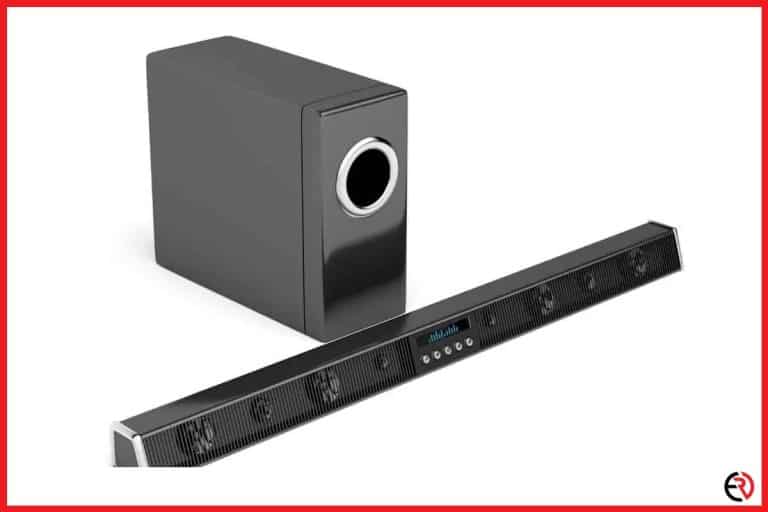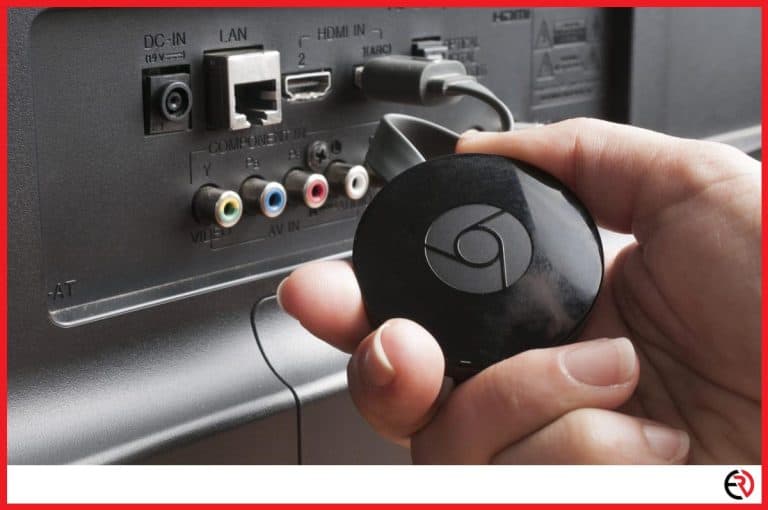Can You Use a Subwoofer in an Apartment?
This post may contain affiliate links which means that, if you choose to make a purchase, I may earn a small commission at no extra cost to you.
Living in apartments and enjoying good music do not go hand in hand. It’s hard to strike a balance between a good and responsible neighbor and a dedicated audiophile. Only a handful of things can be done to minimize neighbor disturbing audio effects coming off from your subwoofer, making it extremely difficult to use it within an apartment, but it’s still possible.
Yes, you can use a subwoofer in an apartment as long as you can take care of the vibrations. The base frequencies on a subwoofer consist of long wavelengths which can easily pass through walls. Take care of those vibrations, and you can easily use a subwoofer in an apartment.
So using subwoofers in an apartment depends on how well you can insulate the audio waves. Let’s take a closer look at the possible solutions and how you can use a subwoofer in an apartment setting.
Find the proper placement
Place the subwoofer directly at the center of your other speakers and as closer to you as possible. This near-field placement takes care of two issues. Firstly, you can turn down the volume without any delays, and secondly, you get to experience more bass right in front of yourself.
Avoid placing the subwoofer to the corners, sides, and far away from yourself. If possible, place it strictly between the speakers, not more than 2-3 feet away from you.
Use sound dampening mats or isolation pads
There are many isolation pads to choose from, and the best way to find out is to try them out. Since that’s not possible, I will be suggesting a few at the end of this section.
Bass isolation is the best way you use a subwoofer in an apartment. As mentioned before, subwoofers create lots of vibrations thanks to the long-wavelength sounds. They easily seep through the walls and end up rattling loose objects in your neighboring apartments earning their resentment and complaints in the long run.
The air molecules stored inside the mats prevent the vibrations from passing through and prevent them from directly hitting the floor and passing off to your neighbor’s apartment. You also get to enjoy quality music since the isolation pads keep the audio waves focused inside your room.
I have a voice actor friend who has a studio inside his home. He had to create one, thanks to the pandemic last year. I walked into his recording booth, which was covered with isolation pads, and it was a whole new world. I was not able to hear any outside noise, and neither could anyone listen to what I was saying inside of the booth.
The isolation pads work like magic, and I highly recommend you get a bunch to put up on the walls if you want to play music in an apartment, and the 48 pack acoustic foam to soundproof your walls is your best way of achieving this perfection. It’s cheap, you get a bunch of them, and they also come in four different colors so that you can pick your favorite one.
Disconnecting subwoofer from the ground
The goal here is to distance the subwoofer from the ground to prevent the vibrations from passing through to the other side. There are tons of decouplers (a device that isolates the speaker from the floor) to choose from, such as metal subwoofer pegs, speaker stands, and rubber feet. You can easily get them online for a couple of bucks, but the value they provide is insane.
The sole purpose of these stands is to absorb any and all vibrations. Although it’s not perfect, and some vibrations do pass through, it’s negligible compared to the natural vibrations you would have received if you had left it naked.
I personally recommend the SVS SoundPath Subwoofer Isolation system since I own a set myself. They do a tremendous job of reducing subwoofer vibrations; all of my friends who have used it previously speak highly of these rubber pegs.
Giving your room the acoustic treatment
By giving you the acoustic treatment, I mean setting up bass traps for sound waves that reflect off the walls and are responsible for producing more vibrations than necessary. The traps also take care of needless reverberations that make your bass sound inferior. Most people harbor a slight misconception that they can simply raise the volume to get rid of bass-related issues, but that’s not true.
Any room of average size can create lots of bass related to bass problems, and acoustic treatment is the best way to deal with them. The material used in the process somewhat resembles isolation pads. However, they do not cover the entirety of the wall but only some parts and mainly the corners.
The mats absorb wayward bass waves reflecting off the walls and make your audio seem and feel more authentic and compact. And most of all, your neighbors will none be the wiser. They may experience some vibrations, but nothing half as disturbing as they would have experienced without those isolation pads.
Soundproof your ceiling
There are three ways to soundproof your ceiling. You can either add sound isolation mats, build a drop ceiling or put up drywall if the first two do not catch your fancy. Sound isolation mats are your safest bet since it’s usually not possible to put a drop ceiling or drywall in a rented/leased apartment. Even if you own a private apartment, you might need to get permission before setting them up.
However, if possible, a drop ceiling does a great job of isolating sound vibrations. Even if you decide to move, the subsequent owners can easily get rid of the extra layers of ceiling if it does not catch their fancy. The drywall is a more permanent solution and should be avoided unless you are absolutely sure it’s exactly what you want.
FAQ
Does adding a second subwoofer reduce the overall bass vibrations?
Yes, adding a second subwoofer does reduce the overall vibrations coming off your speaker system (provided that you have set them up correctly and played them at a balanced volume).
Is it alright for you to get a subwoofer for your apartment?
There is a limit to how much you can disconnect mechanical transmissions of the bass frequencies from seeping into the structure building. Even though you do everything right, there is a big chance that you end up disturbing the neighbors anyway.
Bass frequencies have a very long travel distance. For instance, a wavelength of 20Hz can travel up to 15m before it starts to fade. So even if you are not able to perceive the bass in your room, your neighbors can feel it quite clearly. It’s better simply to avoid using a subwoofer in an apartment. However, if you have to have one, make sure to do everything (from decouplers to isolation mats) you can to reduce the vibration.
How do you describe normal interior apartment noise?
It’s not possible to label normal sounds inside an apartment since it depends not only on the person themselves but also on what stage they are currently in. However, here is a list of some of the most commonly accepted normal sounds in an apartment:
1. Kitchen cabinet
2. Vacuum
3. Water through pipes
4. Noises from pets (dogs, cats, etc.)
5. Knocks on walls
6. Doors
A list of some of the most commonly unaccepted normal sounds in an apartment are:
1. Screaming
2. Banging against walls
3. Glass breaking
4. Incessant loud music
What is the best place for a subwoofer in a small room/apartment?
Get yourself a transducer and an amp and place them on your bed or couch. The goal is to divert the subwoofer’s LFE channel towards the transducer to isolate the lower frequencies towards someplace else (preferable to your seating space).
Should you place your subwoofer towards the wall in an apartment?
It depends if you want to amplify the audio or dampen it. Since you live in an apartment, the goal is to reduce sound in any way you can. Here are a few ways you can reduce the overall bass output in your apartment:
1. Do not place it on the floor.
2. Do not place it near any walls.
3. Avoid corners and try to place the subwoofer in the middle of the room.
Conclusion
Setting up speakers in an apartment is always challenging but not impossible. The best you can do is talk with your neighbors and explain the subwoofer situation beforehand. Try to control the vibrations to your best capacity, and if they feel disturbed, you’ll have no option but to stop using the speakers. Do not simply adopt only a single method mentioned in the article. Use all of them if need be and if you have better suggestions, feel free to suggest them in the comments below.

